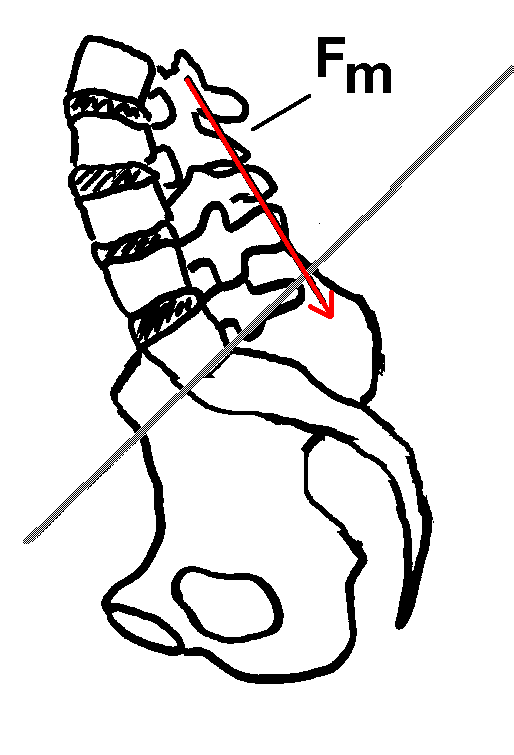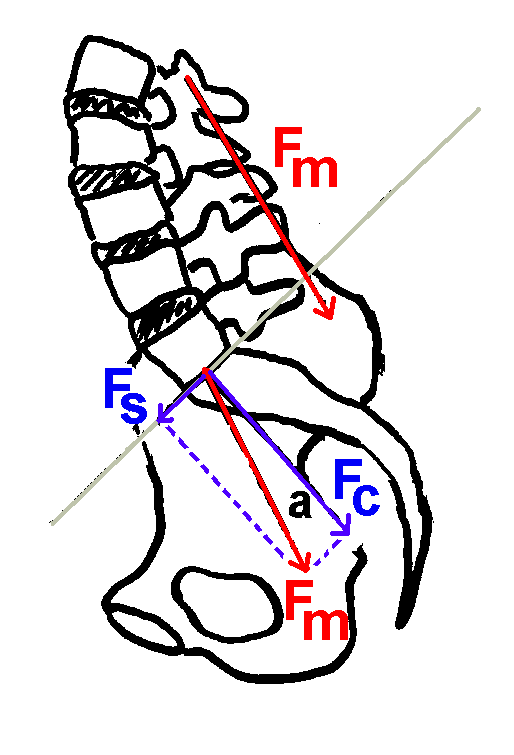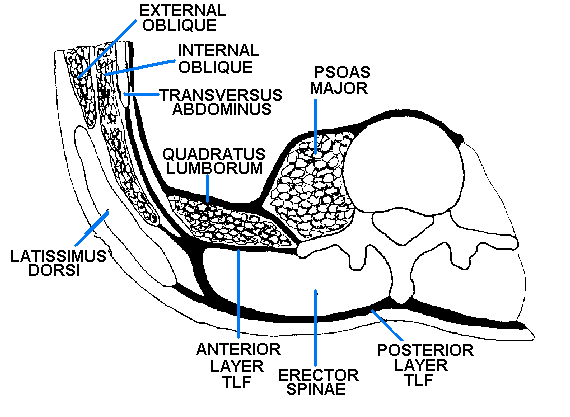Then she must develop 787.5 lbs. of force in the extensor muscles to perform this lift.
Bartelink, D.L. (1957). The role of abdominal pressure on the lumbar intervertebral discs. Journal of Bone and Joint Surgery [Br], 39, 718-736.
Hertling, D., & Kessler, R.M. (1996). Management of common musculoskeletal disorders: Physical therapy principles and methods. (3rd ed.). Philadelphia: J.B. Lippincott.
Nordin, M., & Frankel, V.H. (1989). Basic biomechanics of the musculoskeletal system (2nd ed.). Philadelphia: Lea and Febiger.
Sullivan, M.S. (1994). Lifting and back pain. In Twomey, L.T., & Taylor, J.R. Physical Therapy of the Low Back. (2nd ed.). New York: Churchill Livingstone, 329-356.



